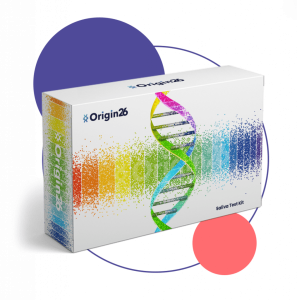What is genetics?
Genetics is the scientific study of genes and heredity—of how certain qualities or traits are passed from parents to offspring as a result of changes in DNA sequence. A gene is a segment of DNA that contains instructions for building one or more molecules that help the body work. DNA is shaped like a corkscrew-twisted ladder, called a double helix. The two ladder rails are called backbones, and the rungs are pairs of four building blocks (adenine, thymine, guanine, and cytosine) called bases. The sequences of these bases provide the instructions for building molecules, most of which are proteins. Researchers estimate that humans have about 20,000 genes.
All of an organism’s genetic material, including its genes and other elements that control the activity of those genes, is its genome. An organism’s entire genome is found in nearly all of its cells. In human, plant, and animal cells, the genome is housed in a structure called the nucleus. The human genome is mostly the same in all people with just small variations. For more on the human genome, visit the National Human Genome Research Institute’s About Genomics webpage.

How are genes inherited?
Our DNA, including all of our genes, is stored in chromosomes, structures where proteins wind up DNA tightly so that it fits in the nucleus. Humans typically have 23 pairs of chromosomes in our cells. The two chromosomes in each pair contain the same genes, but they may have different versions of those genes because we inherit one chromosome in each pair from our mother and the other from our father. Reproductive cells—eggs and sperm—randomly receive one chromosome from each of the 23 sets instead of both so that a fertilized egg will contain the 23 pairs needed for typical development.
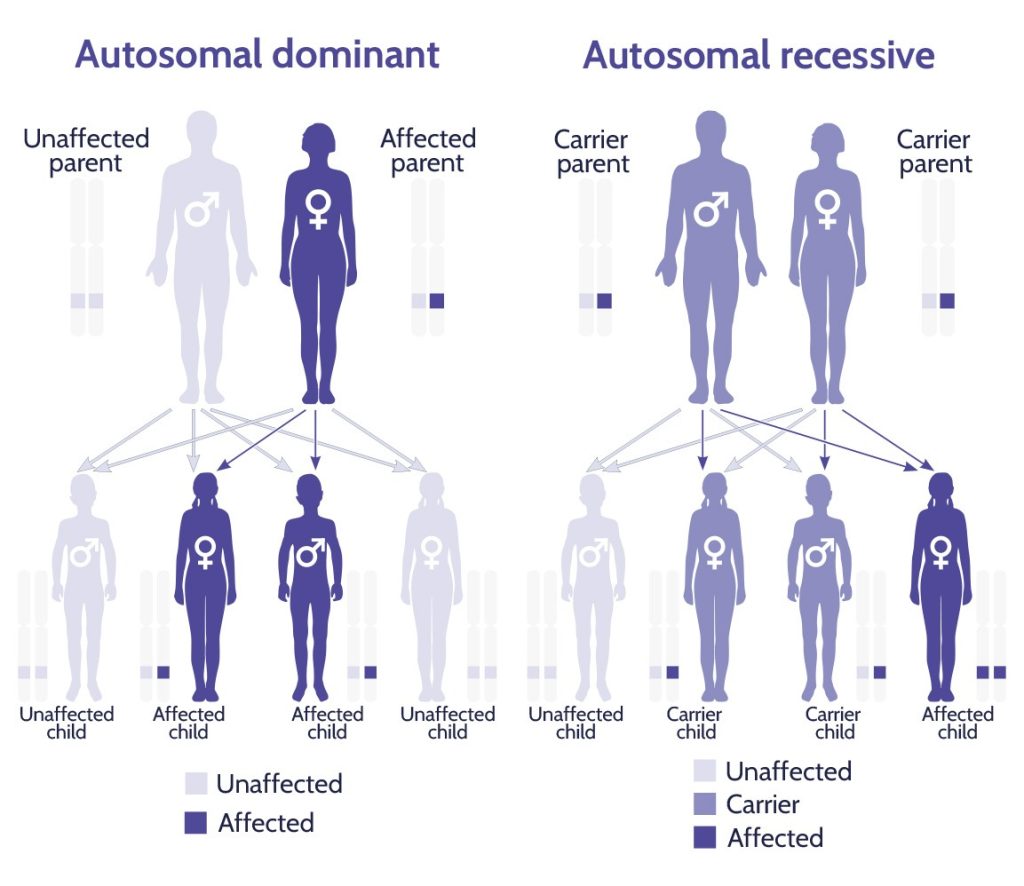
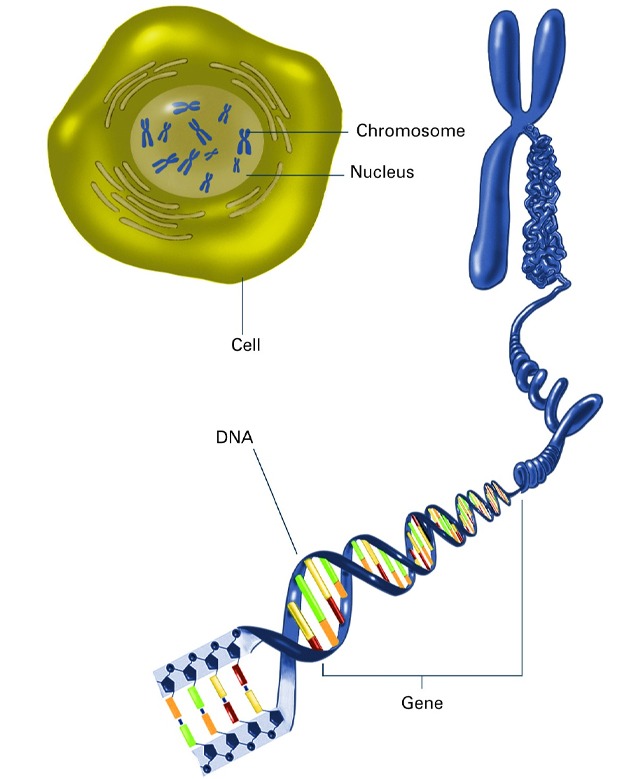
How do genes affect health and disease?
Changes in genes can prevent the gene from doing its job the way it normally would. Some differences in DNA, for example, can lead to incorrectly formed proteins that can’t perform their functions. Also, genetic variations can influence how people respond to certain medicines or a person’s likelihood of developing a disease. Because parents pass their genes on to their children, some diseases tend to cluster in families, similar to other inherited traits. In most cases, multiple genes are involved. Researchers can use DNA sequencing to identify variations in a person’s genome.
Some variations between individuals result from epigenetic differences. These are changes in gene function, some of which can be inherited but are not the result of changes in DNA sequence.
Why do scientists study the genes of other organisms?
All living things evolved from a common ancestor. Therefore, humans, animals, and other organisms share many of the same genes, and the molecules made from them function in similar ways.
Scientists have found many genes that have been preserved through millions of years of evolution and are present in a range of organisms living today. They can study these preserved genes and compare the genomes of different species to uncover similarities and differences that improve their understanding of how human genes function and are controlled. This knowledge helps researchers develop new strategies to treat and prevent human disease. Scientists also study the genes of bacteria, viruses, and fungi for solutions to prevent or treat infection. Increasingly, these studies are offering insight into how microbes on and in the body affect our health, sometimes in beneficial ways.
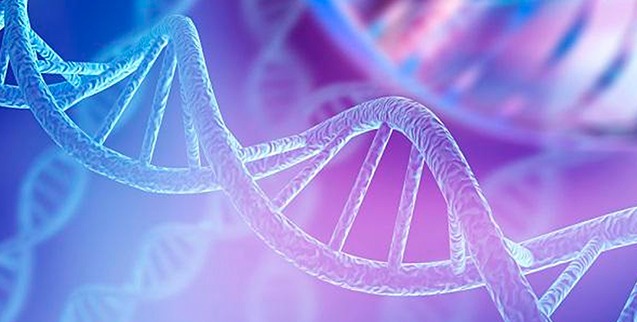
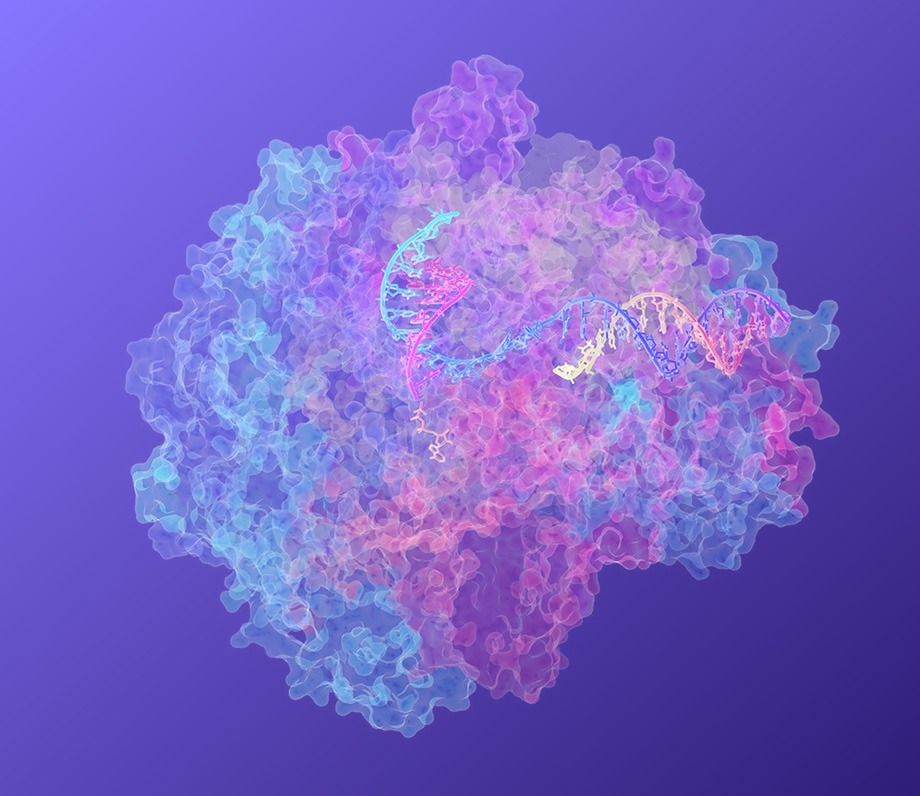
What types of genetics research are NIGMS-funded scientists exploring?
Increasingly sophisticated tools and techniques are allowing NIGMS-funded scientists to ask more precise questions about the genetic basis of biology. For example, they’re studying the factors that control when genes are active, the mechanisms DNA uses to repair broken or damaged segments, and the complex ways traits are passed to future generations. Another focus of exploration involves tracing genetic variation over time to detail human evolutionary history and to pinpoint the emergence of disease-related attributes. These areas of basic research will continue to build a strong foundation for more disease-targeted studies.
Nobel Prize
In 2015, Drs. Aziz Sancar, Paul Modrich, and Tomas Lindahl received the prestigious Nobel Prize in chemistry for mechanistic studies of DNA repair. Every day, our DNA is damaged by environmental assaults, as well as copy errors during cell division. Yet, our genomes remain largely intact. The 2015 Nobel laureates in chemistry were recognized for detailing at the molecular level how cells repair DNA to preserve the genome. Dr. Sancar described how cells respond to DNA injuries from ultraviolet radiation or chemicals like the carcinogens found in cigarette smoke. Dr. Modrich detailed how cells address the copy errors in the genetic code that accumulate naturally during cell division. And Dr. Lindahl discovered a molecular machine that constantly counteracts the decay of our DNA. NIGMS funded Drs. Sancar and Modrich for many years, including time spent on this research.
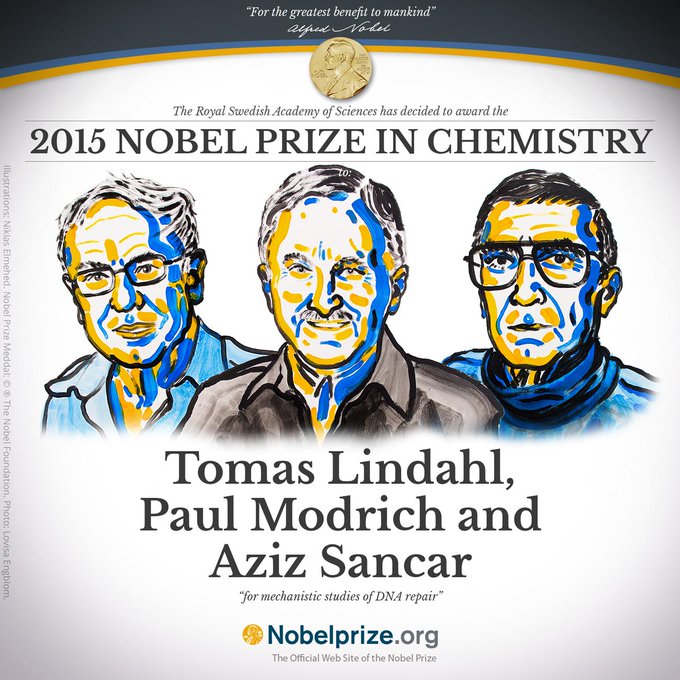
PERSONALIZED ASSESSMENT
Your Precision Health
Your DNA test includes:
1 DNA sampling kit delivered to your home.
SNP and gene explorer
Laboratory analyzer, follow-up and recommendations
Comprehensive food, nutrition and fitness reports
Personalized nutritional formula
Your secure information


